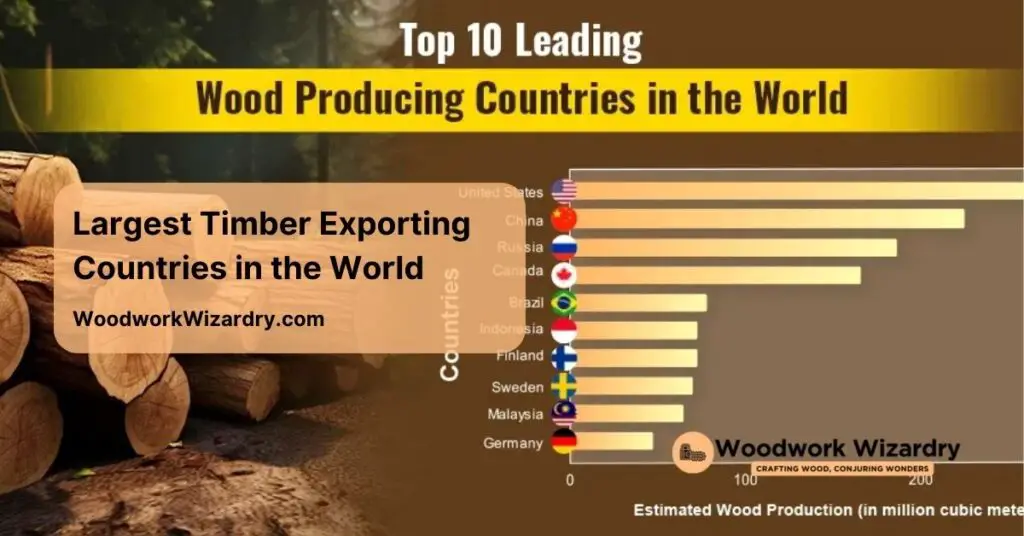Imagine a industry without timber—no sturdy homes, elegant furniture, or even the paper you use daily. Timber is the backbone of countless industries, and its global trade fuels economies while shaping modern life. But have you ever wondered which countries dominate this essential market?
From lush forests to advanced export networks, a few nations stand tall as the giants of timber production and trade. These countries not only meet global demand but also set the standard for quality and sustainability. If you’re curious about the powerhouses driving this billion-dollar industry, you’re in the right place. Let’s explore the leaders shaping the industry of timber exports.
Overview Of The Timber Export Industry
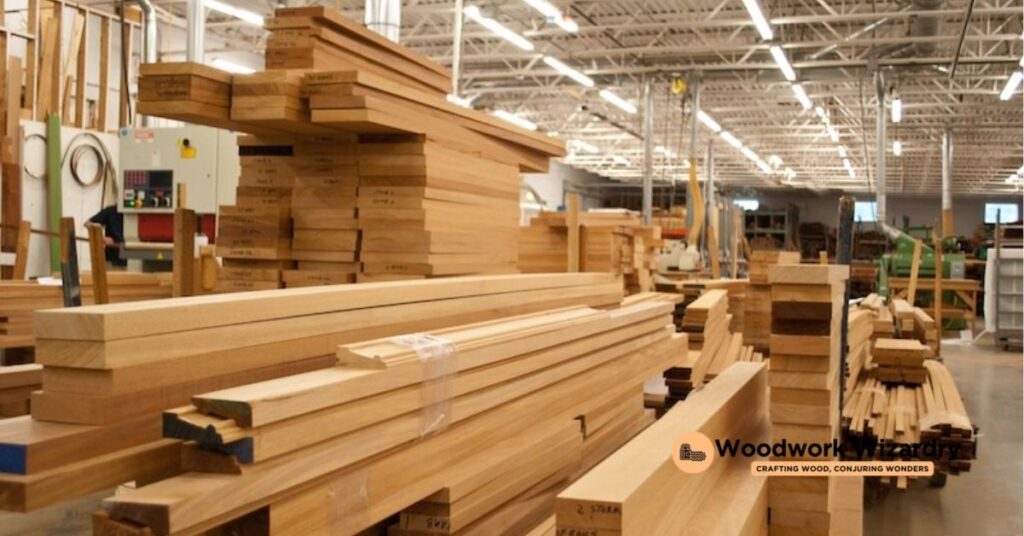
The timber export industry plays a vital role in global trade, connecting resource-rich regions with high-demand markets. Timber’s versatility and global applications make it a cornerstone of modern industry.
Global Timber Demand And Market Dynamics
Timber demand has increased rapidly due to urbanization and growing industries. Construction, furniture manufacturing, and paper production drive substantial needs for quality wood. Countries like the United States, China, and European nations are among the primary importers, fueling a ever-changing global market.
Production isn’t evenly distributed, leading to a reliance on exports from regions with rich forest resources. South America, Southeast Asia, and parts of Europe lead in fulfilling this demand. Meanwhile, sustainability concerns and environmental regulations have started shaping timber markets. Consumers increasingly favor suppliers adhering to eco-friendly and renewable forest management practices.
The balance between supply capacity and sustainable forestry is central to market dynamics. Competitiveness in the industry also depends on meeting international certifications like FSC and PEFC.
Importance Of Timber Exports In Economy
Timber exports contribute significantly to the economies of many producing nations. For instance, countries like Canada, Russia, and Brazil rely on timber as a major source of export revenue. These revenues support local employment, infrastructure development, and overall GDP growth.
Regions with vast forest resources gain from a consistent trade surplus in timber. For instance, timber-rich countries in Scandinavia have built robust economies around exports. Beyond direct financial contributions, timber trade facilitates global partnerships and drives investment in forestry technology and logistics.
The timber export industry isn’t just a financial pillar but also a key influencer in policy-making. As countries aim to balance economic growth with conservation, the timber trade becomes a focal point for resource management and economic planning.
Top Timber Exporting Countries By Volume
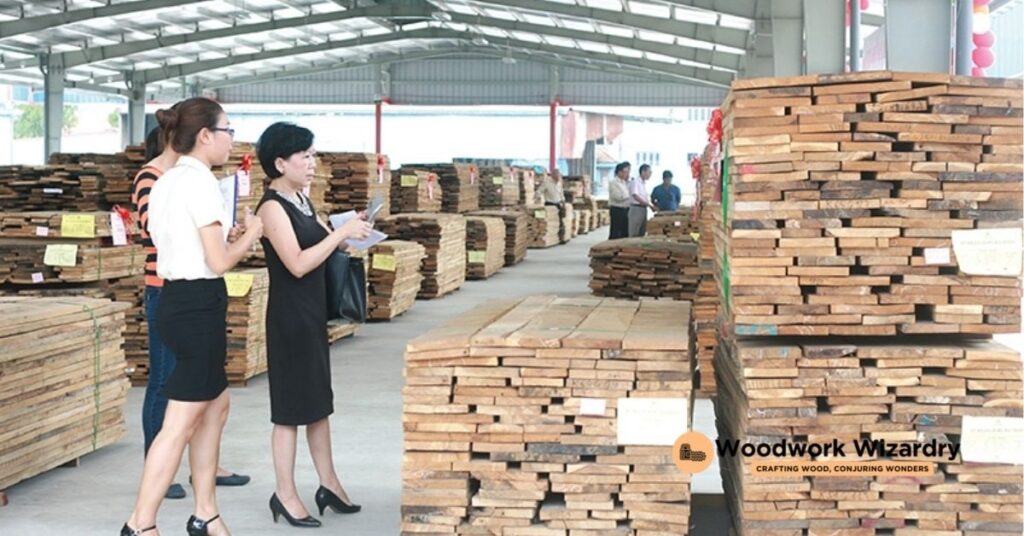
Timber exports play a vital role in connecting global markets with resource-rich nations. These countries dominate the global timber trade through substantial reserves, operational efficiency, and sustainable management practices.
Canada: Leading In Timber Exports
Canada tops the list with its vast forest cover and advanced forestry practices. It produces high-quality softwood timber, which is highly sought after in the United States, China, and Europe. Provinces like British Columbia and Quebec are powerhouses of timber production, benefiting from extensive coniferous forests. The country’s sustainable logging policies and certification systems have solidified its reputation globally.
Russia: Vast Forest Resources
Russia stands out for its enormous forested area, covering over 20% of the industry’s timber reserves. The Siberian region supplies dense hardwoods and softwoods, making Russia a important exporter to Europe and Asia. Its strategic focus on expanding timber export infrastructure has boosted its global dominance, even though challenges like forest preservation and outdated processing technologies.
United States: High-Quality Resource Base
The United States leverages its diverse forest ecosystems to cater to high-demand markets. Softwoods from states like Oregon and Washington dominate exports, mainly traded with Canada and Asian nations. Forestry innovation, combined with federal regulations, ensures efficient resource management while maintaining high production standards.
Sweden: European Timber Export Giant
Sweden’s timber industry is highly mechanized and sustainable, making it one of the top exporters globally. Nearly 70% of its land area is forested, providing vast quantities of softwood timber. Swedish timber primarily meets demand in European nations like Germany, the UK, and the Netherlands, thanks to efficient transport networks and eco-friendly practices.
Brazil: Rich In Tropical Timber
Brazil’s expansive Amazon rainforest and plantations make it renowned for tropical hardwood exports. The country supplies rare wood species like mahogany and teak to international markets, especially to Europe and the United States. Important emphasis is placed on sustainable logging policies in Brazil to counteract deforestation concerns, ensuring long-term timber trade viability.
Emerging Players In Timber Exports
Some countries are steadily rising in the global timber market, making waves with their innovative practices and resources. These nations, though not yet leading the market, are expanding their export capabilities and drawing attention.
Indonesia: Sustainable Hardwood Exports
Indonesia has positioned itself as a major contender in the hardwood market. The country utilizes its abundant tropical forests to supply high-demand hardwoods, including teak and mahogany, to global markets. Its emphasis on certified sustainable forestry through programs like SVLK ensures exported timber meets eco-conscious standards. Also, government initiatives have been instrumental in combatting illegal logging, further bolstering Indonesia’s reputation as a sustainable exporter. Many Asian and European countries rely heavily on Indonesia for quality tropical hardwood.
Chile: Growing Export Sector
Chile’s timber industry has seen important growth in recent years, driven by demand for its plantation-grown softwoods like radiata pine. Sustainable forestry practices in the country are central to this growth, with a focus on preserving native ecosystems while expanding timber plantations. The proximity to major markets such as the United States and regional Latin American partners gives Chile a strategic advantage, enabling faster and more efficient export operations. You’ll also find Chile investing in advanced milling technology to improve both the quality and quantity of its timber exports.
Factors Driving Timber Export Success
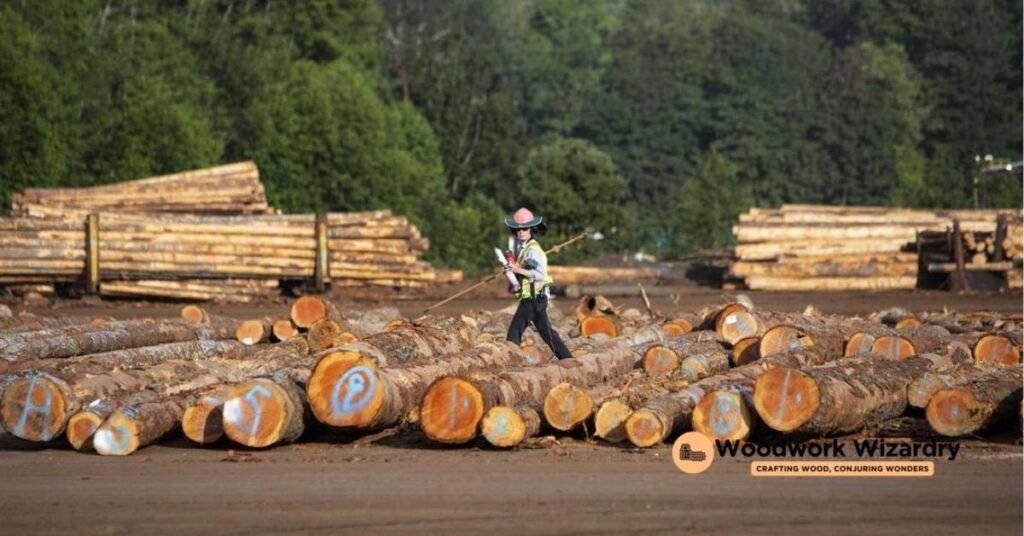
Timber exports thrive in exact countries due to a mix of natural resources, robust industries, and supportive policies. Here’s what sets leading timber exporters apart:
Abundance Of Forest Resources
Countries excel in timber exports when they have vast forest coverage. Canada’s massive boreal forests, covering over 3.5 million square miles, provide a steady supply of softwood. Russia’s 815 million hectares of forested land, the largest of any country, make it a key player in raw timber supply. Tropical nations like Brazil and Indonesia rely on diverse forest ecosystems, producing both hardwoods and softwoods for international markets. Abundant forests ensure a consistent supply to meet global demand.
Efficient Logging And Processing Industries
A developed timber industry boosts export success. Sweden’s advanced mechanized system increases efficiency and reduces waste, making it a model for sustainable production. In the United States, modernized mills enhance lumber quality and optimize yield. Indonesia invests in certified logging systems to limit illegal practices while maximizing output. Efficient processing enables countries to compete in volume and quality.
Strategic Trade Agreements And Policies
Countries benefit when governments carry out favorable trade frameworks. Canada’s close trade partnership with the United States through the USMCA facilitates a seamless export process. Indonesia enforces sustainability certifications, like SVLK, to access eco-conscious markets in Europe. Chile leverages deals that lower tariffs, giving its plantation-grown softwoods a competitive edge. Strong policies and agreements open markets and strengthen global trade relationships.
Challenges In The Timber Export Industry
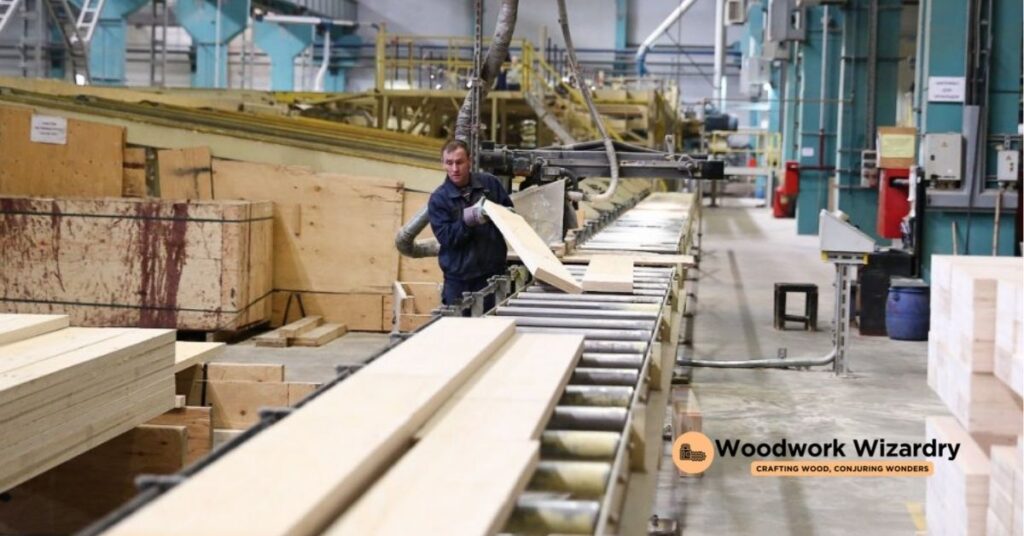
The timber export industry faces important hurdles even though its global importance. From environmental concerns to economic constraints, these challenges shape the dynamics of international timber trade.
Environmental Concerns And Deforestation
Forests worldwide are under constant threat from illegal logging and unsustainable practices. As global demand for timber increases, maintaining the balance between harvesting and environmental conservation becomes critical. Many countries, including Brazil and Indonesia, struggle with deforestation issues linked to agriculture and urban expansion. Protecting ecosystems while meeting export quotas presents a complex challenge.
You may notice how international consumers prioritize suppliers with strong sustainability certifications. This shifts the responsibility onto exporters to adopt eco-friendly logging methods. For instance, nations like Sweden lead in sustainable practices, but others face difficulties in enforcing strict forestry regulations. Climate change also contributes by reducing forest growth rates, further straining timber supplies.
Trade Restrictions And Tariffs
Economic barriers like trade restrictions disrupt timber export markets significantly. In regions such as Europe and North America, protective tariffs against foreign timber affect exporters from countries like Russia and Indonesia. These policies are often designed to protect domestic markets but impact global trade flows.
Non-tariff barriers, including stringent certification standards and import quotas, can delay shipments and increase costs for exporters. You might observe how emerging players, such as Chile, must navigate these restrictions to remain competitive. Political decisions, such as sanctions or new trade agreements, further complicate market access, making long-term trade planning challenging for exporting nations.
Conclusion
The global timber export industry plays a pivotal role in connecting resource-rich regions with high-demand markets, shaping economies and industries worldwide. As you explore the leading exporters, it’s clear that success in this sector hinges on a balance of abundant resources, efficient industries, and sustainable practices.
With growing environmental concerns and shifting trade dynamics, the emphasis on eco-friendly methods and strategic partnerships will only intensify. Whether it’s established leaders or emerging players, the future of timber exports will depend on innovation, sustainability, and adaptability in a rapidly evolving global market.

